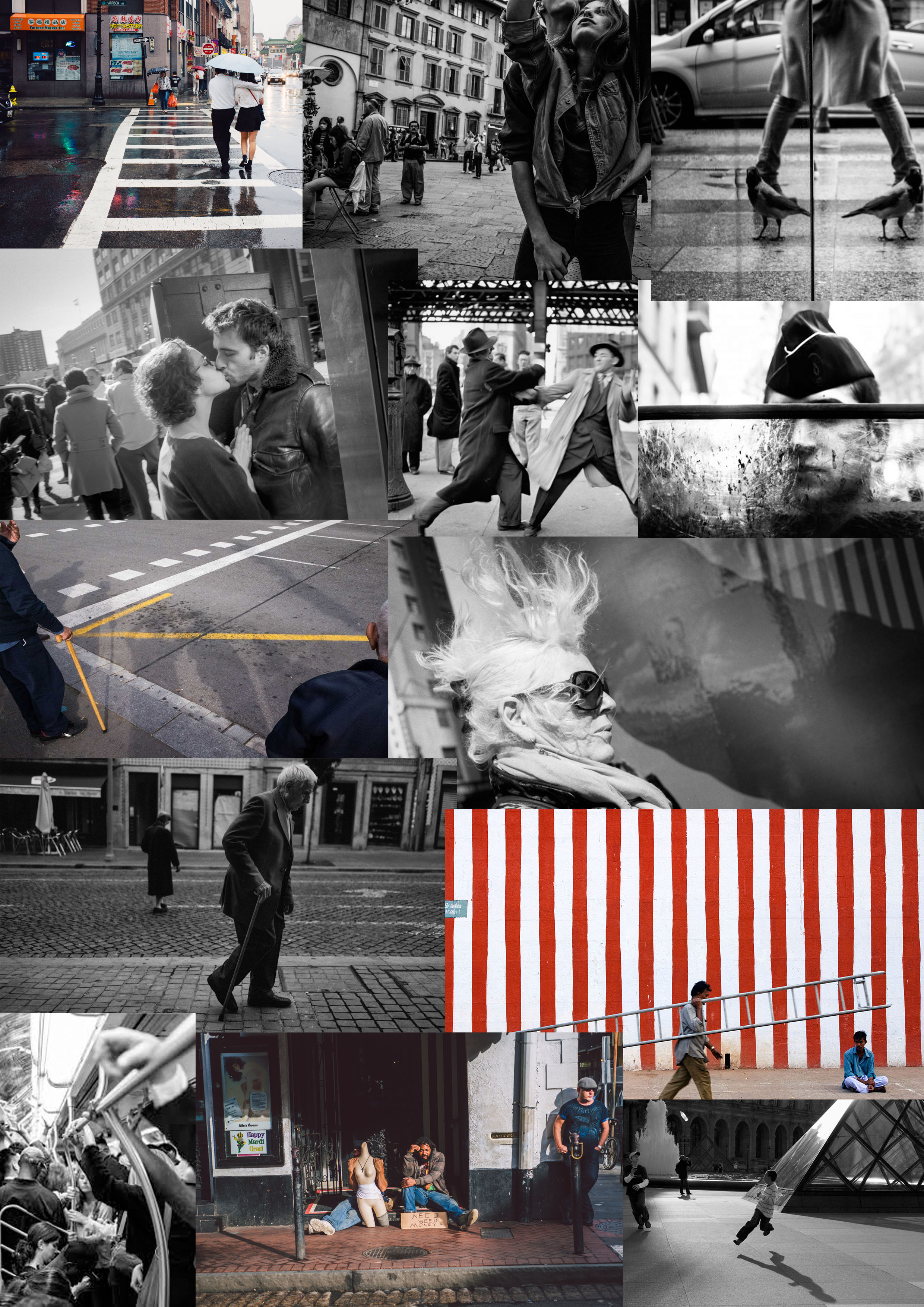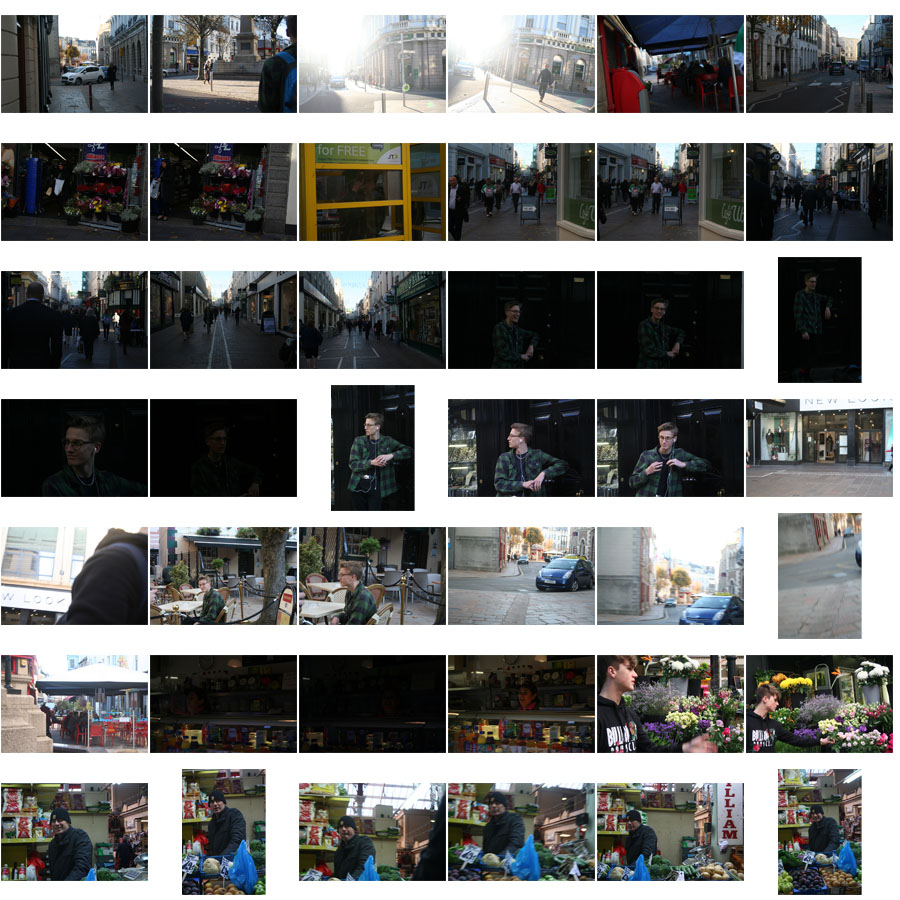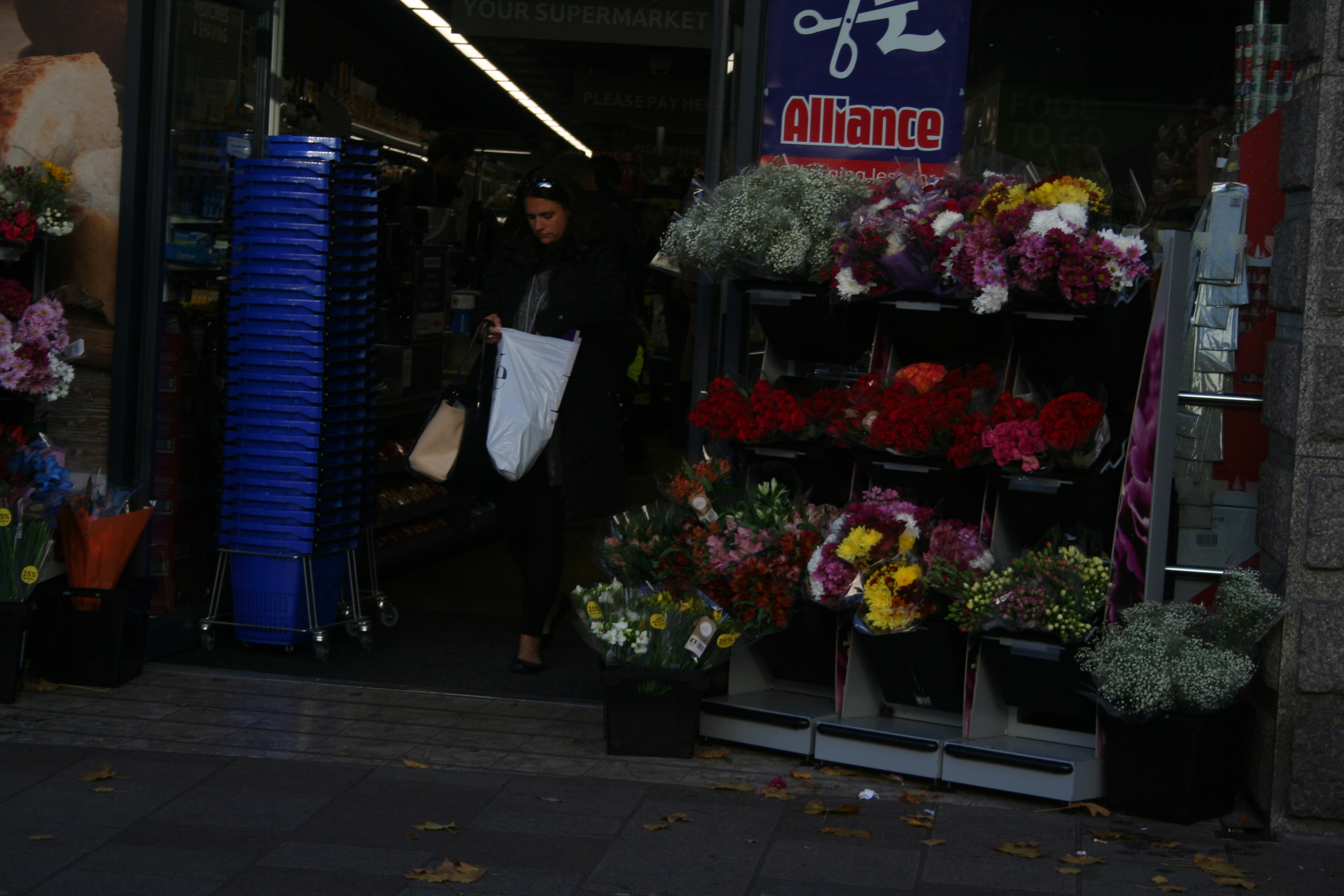BIOGRAPHY
Henri Cartier-Bresson was a French photographer who’s photographs helped develop photojournalism as an art form. He was born August 22, 1908. As a pioneer in photojournalism he wandered around the world with his camera and became buried in his environments. He was educated in Paris and he developed an early love of literature and the arts. He then went onto further education to Cambridge University to further himself in art and literature courses. He attended the army, then traveled to Africa to hunt but he eventually became board of this. But Africa brought on a different interest of photography. Bresson then moved back to Paris and continued his path down photography and he believed that all edits shout be done when the image is made. He used small cameras as they were easier to handle. Henri Cartier-Bresson is considered one of the major artists of the 20th century.
MOODBOARD
This moodboard is presenting images by Bresson with a mixture of emotions and moods through out it. They are also a handful of my favourite images by him as they speak loudly to the viewer and the way he has photographed the subject it vet interesting and it makes you think and wonder why he has done it like that.
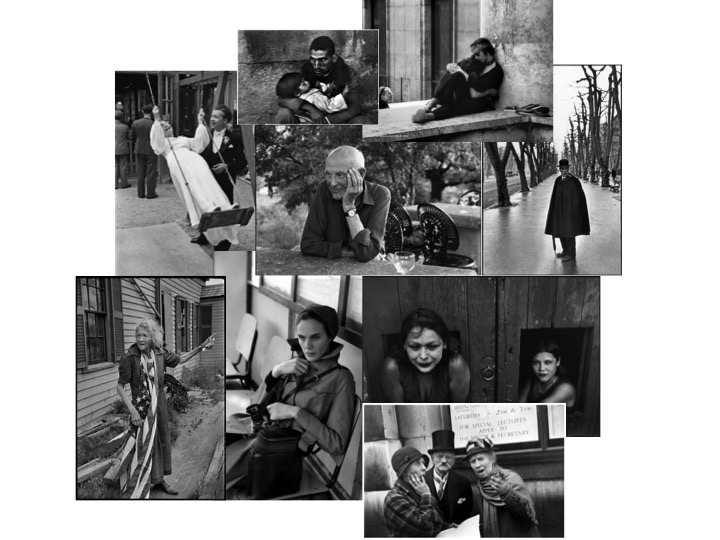
IMAGE ANALYSIS

EMOTIONAL RESPONSE;
When I initially looked at this image I felt sadness because of the conditions the children where in. But I looked at it over and over again to understand the image and then there was a mixture of emotions, such as happiness because the children are smiling and are having fun with each other and are creating their own fun despite their surroundings. A sense of confusion to why they where in such rough conditions and what had happened there.
TECHNICAL;
He has used the natural lighting in this image to help him get the real effect, along with maybe using a wide lens (portrait lens) so he could get more of the background into the photo to create a deeper depth of field. The image looks slightly over exposed so he may have used a slower shutter speed to let more light into the image.
VISUAL;
There are scatters of children behind a wall that has a cut out in it. The children are together or in smaller groups playing along with each other all looking happy. There is rubble on the floor which suggests that their homes may have been destroyed through a natural disaster. The children are dressed in poor clothing. The child at the front of the image is injured which suggests conflict and pain within this environment.
CONCEPT;
I believe the reasoning behind this image is that Bresson wanted to show everyone what other parts of the world were like and to show how their is positive feelings still running through strong despite to pain they are going through.
BRESSON’S CONTRIBUTION TO THE MAGNUM
The magnum is an international photographic cooperative owned by photographers such as Bresson. It was set up to share human quality and the cursorily of what was happening around the world. Bresson’s relationship with the magnum was that he was the co-founder if it, his ideas and images with so many different stories behind them to be shown to the public eye to help them understand different situations around the world.
HENRI CARTIER-BRESSON & TONY RAY-JONES
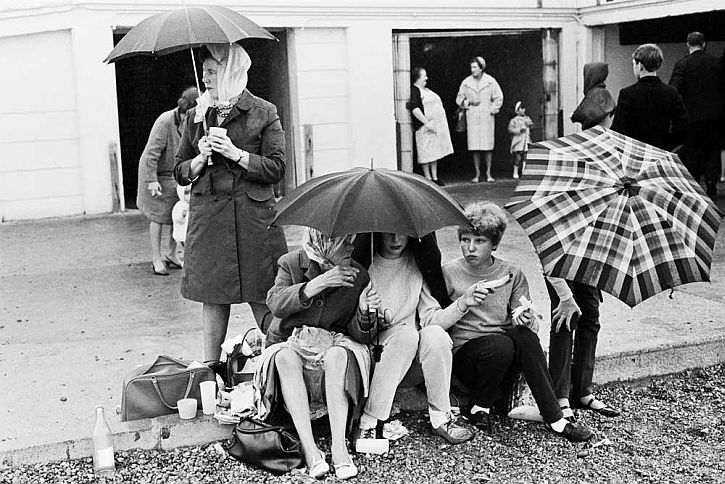 Tony Ray-Jones
Tony Ray-Jones
The emotional response I get from this photo is hopelessness because they are all crowed under small umbrellas and they’re sitting down sluggishly looking hopeless. In this photo there are multiple people, there are 5 people in the front of the photo which are the main subjects of this image. Three of them are sat down huddling under one umbrella, to the left of the photo there is an older women standing with a plastic bag over her head along with her holding an umbrella over herself. It looks like they are near a beach due to the sand looking floor at the bottom of the photo. They have cups and glasses to the left of them as well. Jones was an English photographer and a husband of a princess. He wanted to capture the spirit and mentality of the English, their habits and their way of life. This image is showing what the English women do together and the weather of the image adds to the British feel of it.
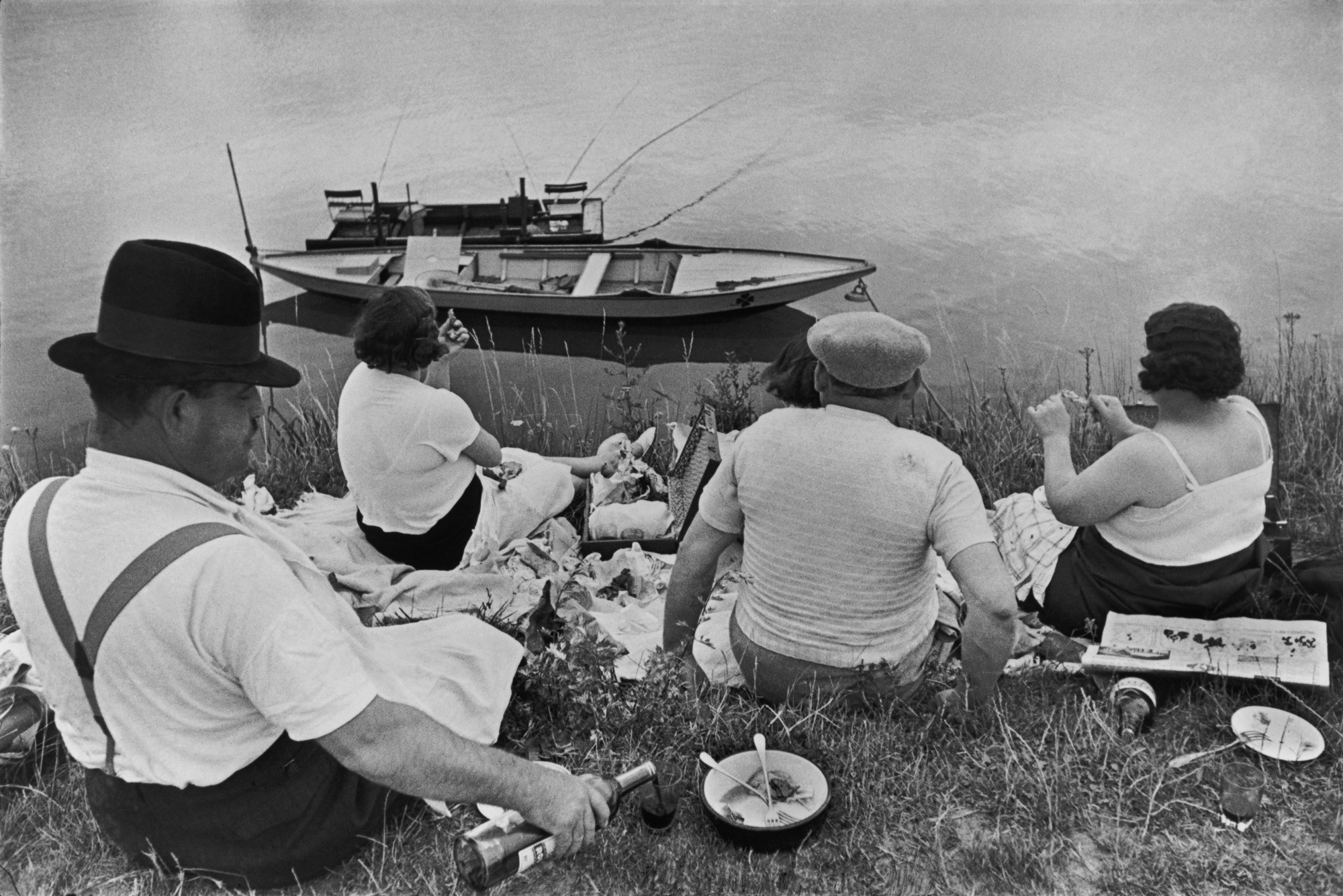
Bresson and Jones take similar photos with similar meaning as they photograph people doing their everyday tasks. This photo is showing a group of people sat on a bank looking at the view. As Bresson traveled the world this could be showing a way another culture lives in the world and educating people.
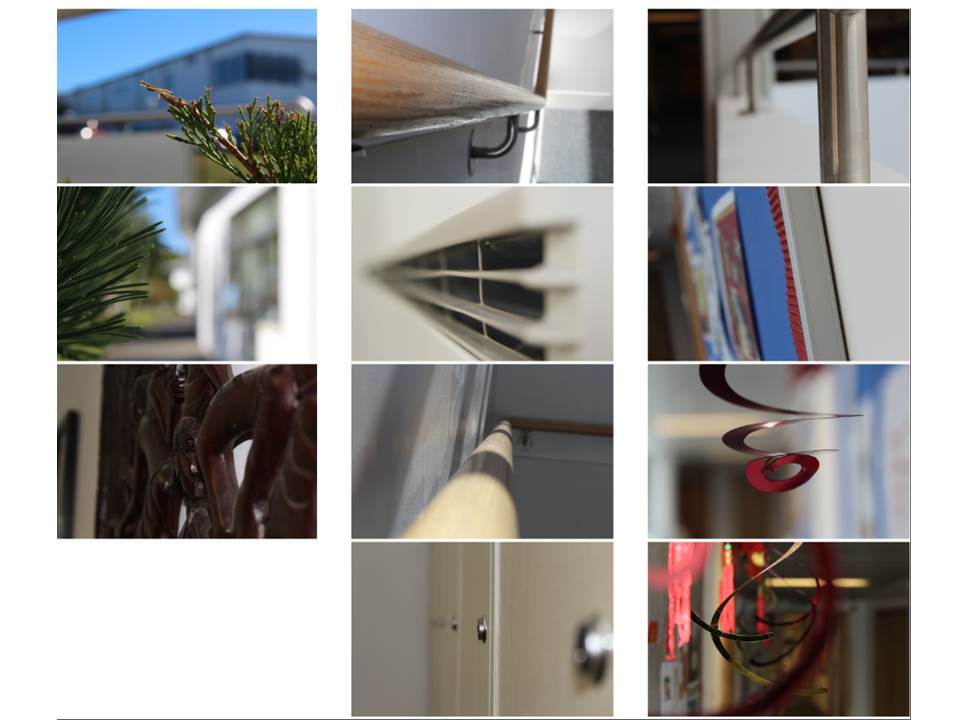





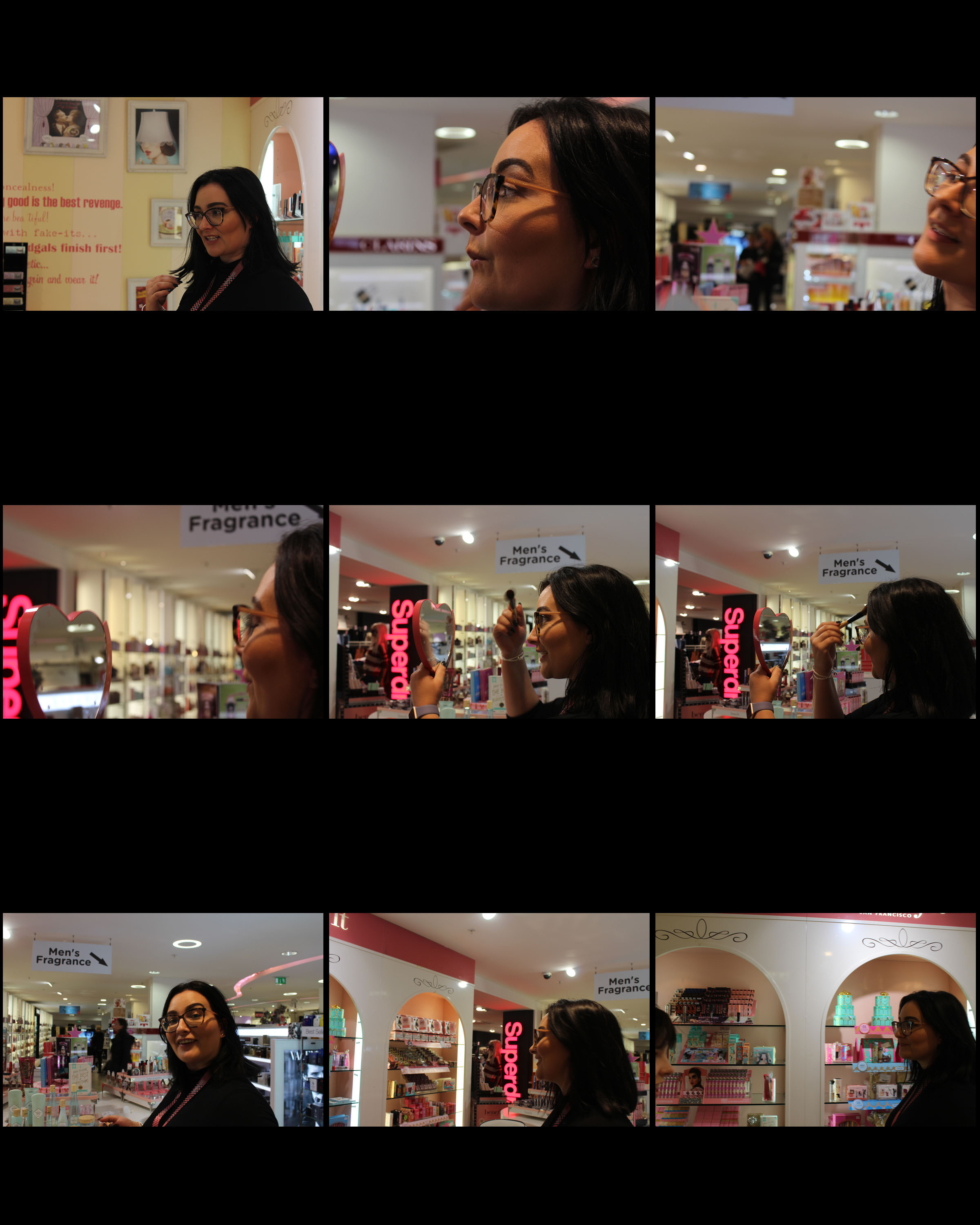
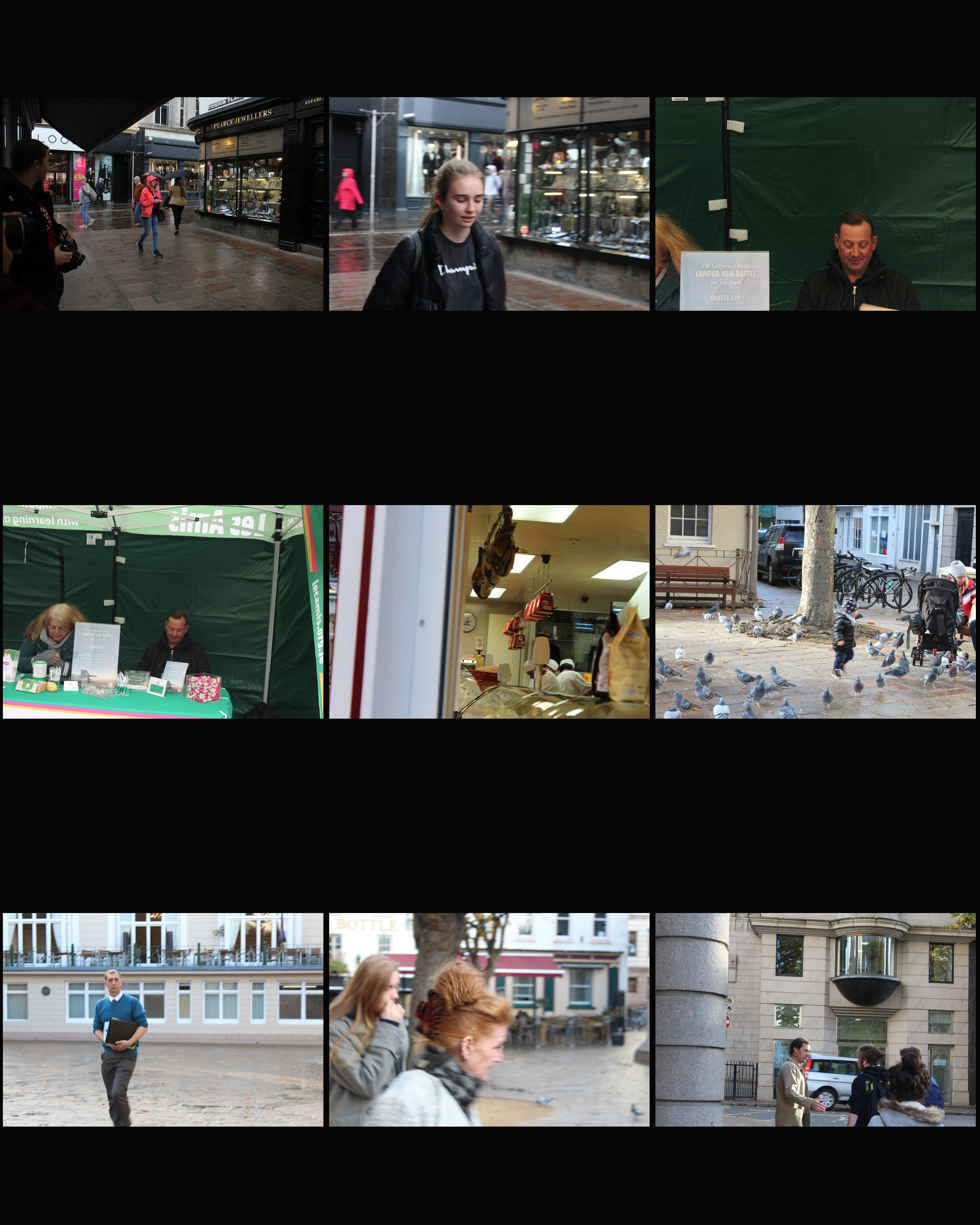
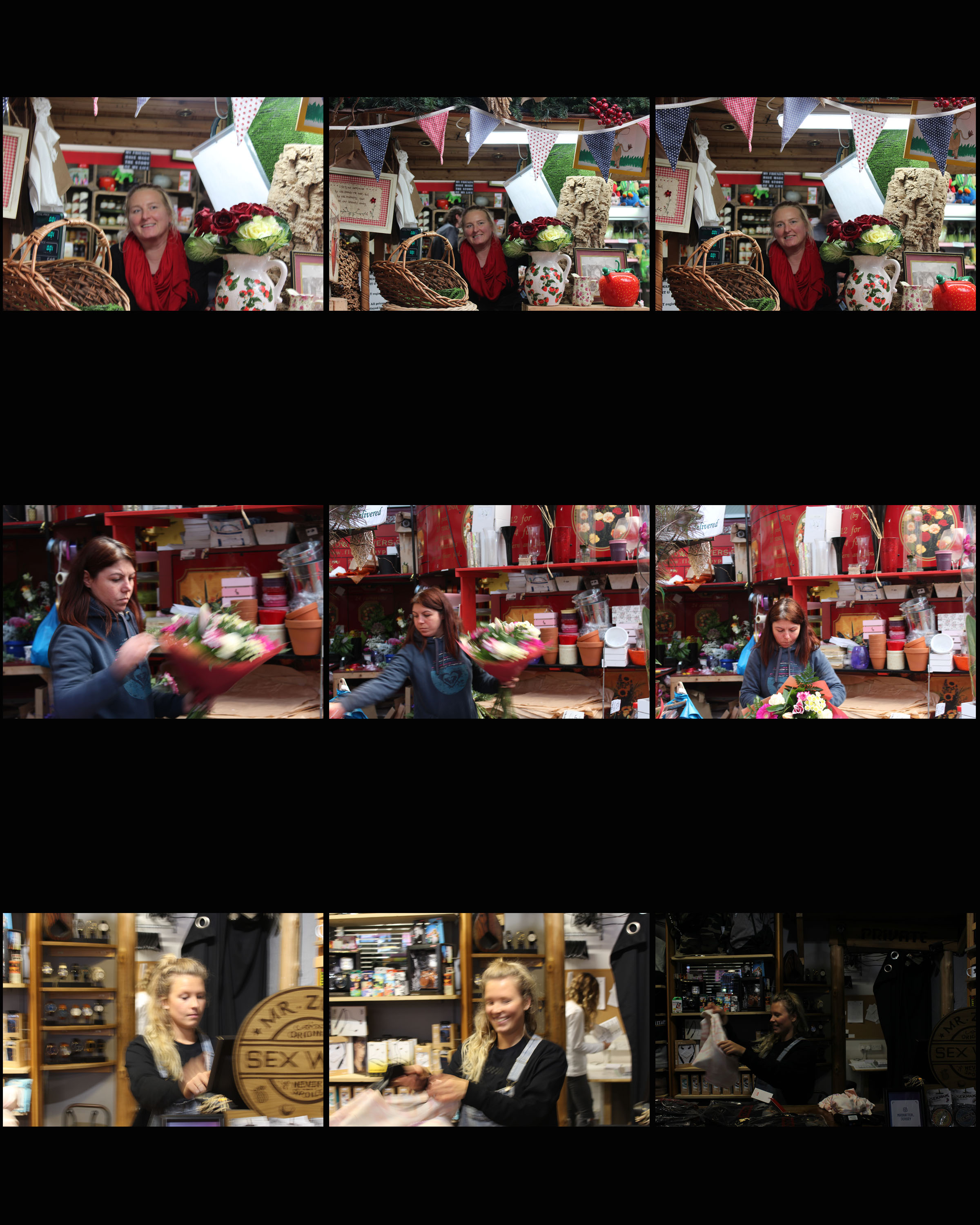
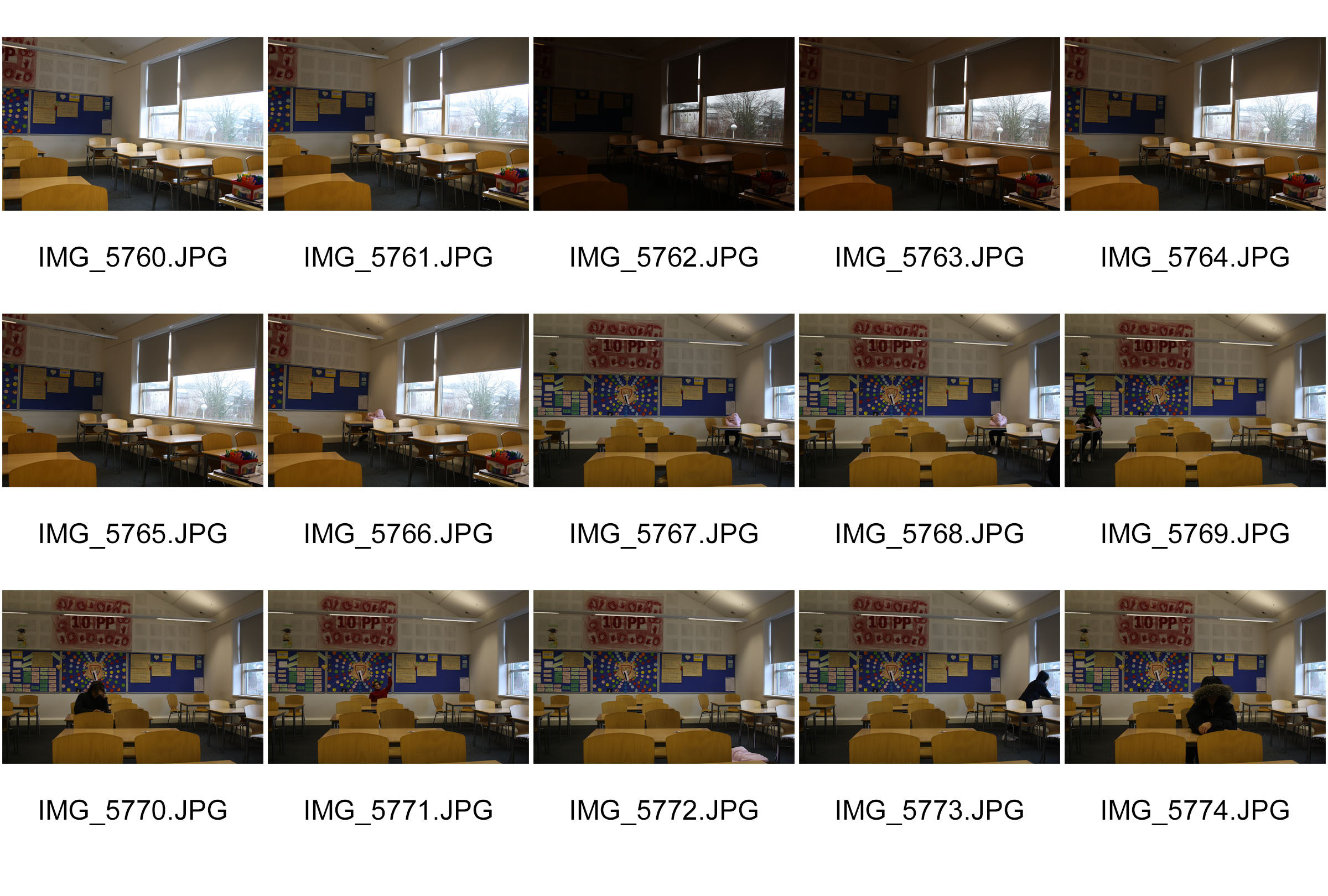
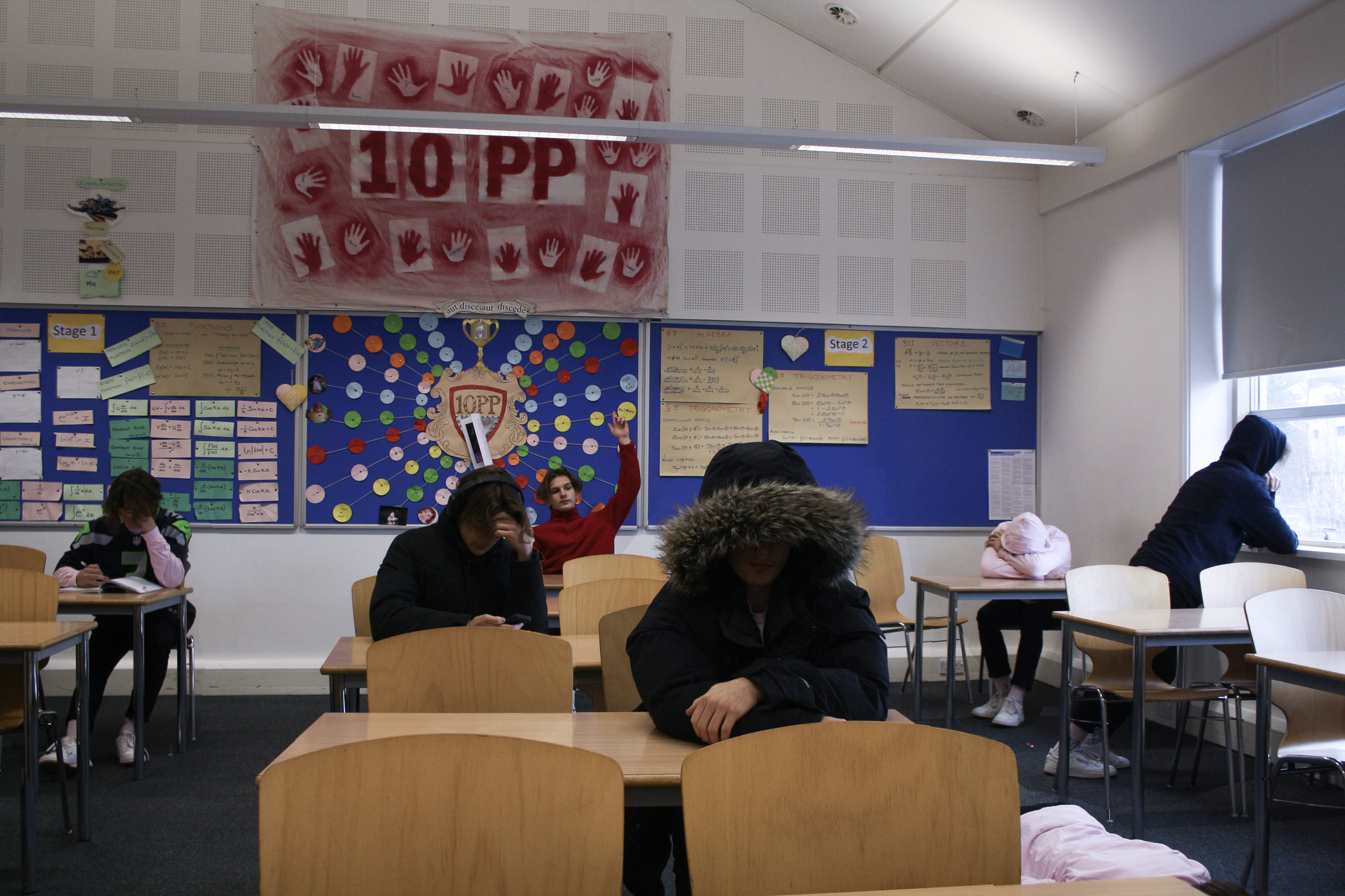


 Tony Ray-Jones
Tony Ray-Jones
